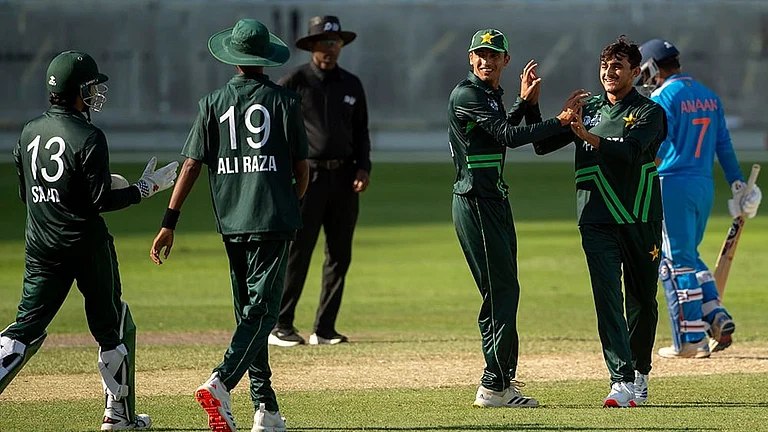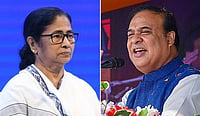The ground level of the Ram Mandir in Uttar Pradesh's Ayodhya is expected to be completed by December 31 and the inauguration of the temple would take place in January, according to the temple construction committee chief Nripendra Mishra.
Following the Supreme Court judgement in 2019 that decided the legal disputes running for over a century, the Ram Mandir is being built by Shri Ram Janmbhoomi Teerth Kshetra, a trust set up to construct and then manage the Ram Mandir in Ayodhya.
Modi presided over the ground-breaking ceremony of the Ram Mandir in August 2020. In January 2024, he is expected to inaugurate the temple and take part in the 'pran pratishtha' (consecration) ceremony.
The construction of the Ram Mandir in Ayodhya at a site that Hindus consider to be birthplace of Lord Ram, an incarnation of Hindu God Vishnu, has been among the foundational objectives of Modi's Bharatiya Janata Party (BJP). The BJP along with organisations like the Vishva Hindu Parishad (VHP) was central to the Ram Mandir Movement in the 1980s-90s, which led to the emergence of the BJP as a major political force in the country.
"The ground level of the Ram Mandir would definitely be completed by December 31, 2023. This is as per the responsibility upon us and as per the plans for the construction made by us. The Ram Lalla idol, whose 'pran pratishtha' would take place, would also be final by then," said Mishra in Hindi in an interview with PTI.
Mishra further said that Modi could attend the pran pratishtha ceremony any day between January 20-24. He said the ceremony would be broadcast live and urged the devotees to not rush to Ayodhya on that day.
Mishra told PTI, "The final date of the pran pratishtha, the day Lord Ram would take His place at the temple, would be chosen such that the holy ceremony is also completed and Prime Minister Ji also takes part in the conclusion of the ceremony. The date would be between January 20-24 as after that the Prime Minister would be engaged in Republic Day celebrations that would go on till 28th-29th. So the ceremony would take place between these four days."
After the inauguration of the Ram Temple, Mishra said it is expected that 1.25-1.5 lakh visitors are expected daily and every visitor would initially get around 15-20 seconds before the deity.
The Ram Mandir movement gained political traction in the 1980s but the legal journey of the case started in 1858 when the first complaint related to the site of Lord Ram's birthplace was filed. In 1858, Sheetal Dubey, the thanedar of Oudh, in a report referred to worship in the middle of Masjid Janam Asthan by a Nihang Sikh Farkor Khalsa of Punjab, who organised a havan and puja of Guru Govind Singh and erected a symbol of Shri Bhagwan within the premises of the Masjid, notes historian Meenakshi Jain in her book Rama and Ayodhya.
It is believed that the Mughal Emperor Babar demolished a temple at the site of the birthplace of Lord Rama. In its place, a mosque called Babri Masjid was erected. That mosque was later demolished in 1992 by thousands of activists who had gathered in Ayodhya. The demolition-related case has run separately where several top leaders of the BJP were accused but were eventually acquitted in 2020.
The case related to the control of the land on which Babri Masjid once stood, atop the demolished temple, was decided by the Supreme Court in 2019 in favour of the Ram Lalla. The case reached the Supreme Court after the Allahabad High Court judgement in the matter in 2010 was challenged in the Apex Court.


























